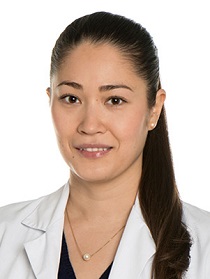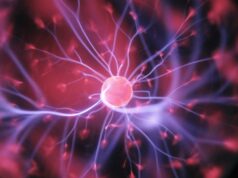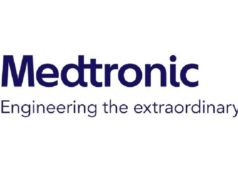
Electrical stimulation technologies, and in particular spinal cord stimulation (SCS) and sphenopalatine ganglion stimulation, offer a promising adjunct to existing therapies for cerebral vasospasm after subarachnoid haemorrhage—as per a recent, systematic literature review.
Writing in Neuromodulation: Technology at the Neural Interface, the study’s authors—Janine-Ai Schlaeppi (University Hospital Bern, Bern, Switzerland) and colleagues—note that cerebral vasospasm is a severe and potentially lethal complication in patients with subarachnoid haemorrhage.
“Its pathogenesis is still not completely understood,” they state. “The efficacy of current treatments, such as triple-H therapy or calcium channel blockers, is unsatisfactory, and a new therapy model would therefore be valuable. Electrical stimulation may have a considerable influence on cerebrovascular innervation.”
In an effort to provide an overview of the studies that have applied electrical stimulation in models of cerebral vasospasm to date, Schlaeppi and her co-authors performed a systematic review of the existing literature, searching PubMed and Ovid Embase for the following keywords: ‘electric stimulation’, ‘cerebral vasospasm’, ‘subarachnoid haemorrhage’, ‘sympathetic’, and ‘parasympathetic’. Additional papers were identified from the reference lists of the articles identified in the literature search, they also note.
Detailing their findings, the authors write: “Increased cerebral blood flow (CBF) is a widely observed effect of SCS and sphenopalatine ganglion stimulation in models of physiological conditions or experimental cerebral vasospasm. Most studies were conducted in animals—15 under physiological conditions and 11 in animals with subarachnoid haemorrhage. Eight studies in humans were identified that examined the stimulation effect on CBF under physiological conditions. Only two studies looked at patients after subarachnoid haemorrhage: one applied SCS, and the other, transcutaneous electrical neurostimulation.”
Schlaeppi and colleagues add that different mechanisms leading to stimulation-induced CBF increases that were discussed in these studies included ‘reversible functional sympathectomy’, activation of brainstem vasomotor centres, involvement of central ascending pathways, release of neurohumoral factors, and interaction with sympathetic, parasympathetic and trigeminal innervation.
“The results indicate that electrical stimulation is a promising procedure for prevention and treatment of cerebral vasospasm,” Schlaeppi and colleagues conclude. “Further experiments and prospective clinical studies are needed to establish its potential usefulness as a therapy or prevention option.”













